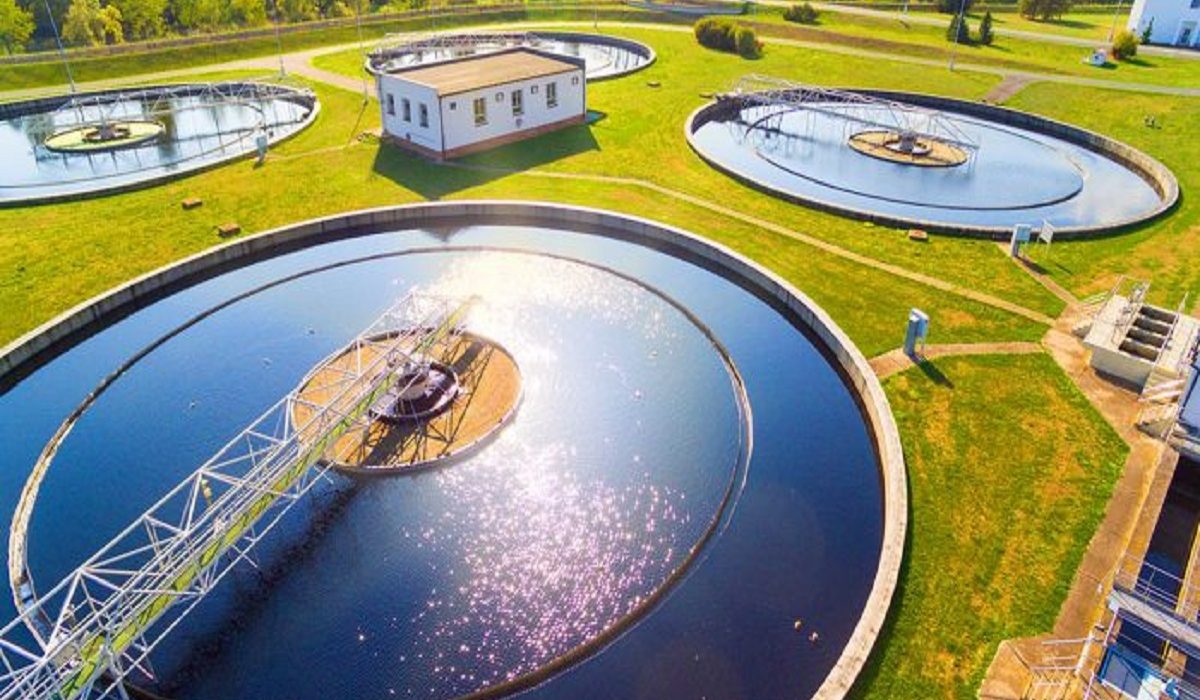A more straightforward and effective method of drawing drinking water from the atmosphere has been made possible through a water harvester. The goal of a new prototype, constructed using temperature-sensitive materials, is to use less energy than traditional techniques to deliver clean water to areas with limited supplies. Created by experts at The Ohio State University, the device has the potential to alleviate the world’s water scarcity and greatly increase access to safe drinking water.
A Compact Approach to a Worldwide Issue
The World Health Organization estimates that more than 2 billion people do not have access to clean drinking water, which is a resource that is necessary for survival. This new prototype emphasizes efficiency and simplicity, in contrast to the current water-harvesting techniques, which are frequently large, energy-intensive, and slow. The study’s principal author, John LaRocco, a research scientist at Ohio State University, underlined the significance of this invention: “You can live without food for three weeks, without air for three minutes, but only without water for three days,” he stated. “Just by increasing the availability of clean drinking water, you can start to solve a lot of issues, such as national security, mental health, or sanitation.”
A Novel Method Using Elastocaloric Cooling
Conventional water harvester frequently uses revolving desiccant wheels, cylinders covered in hydrophilic substances that draw water from the atmosphere. However, these systems frequently use a lot of energy and are not always effective, especially in low-humidity environments. Elastocaloric cooling, a revolutionary technology employing materials that absorb or release heat when they change shape, is utilized in this new prototype. This method allows for a more portable design that is small enough to fit within a typical backpack while minimizing energy use and heat generation.
In 30-minute trials, the research team evaluated aspects including energy consumption, heat generation, and water-harvesting efficiency by contrasting their prototype with conventional desiccant systems. Their device not only produced more water than traditional systems, but it also used roughly half the energy.
Performance Testing in Different Circumstances
The researchers tested the device at varied humidity levels to assess its suitability for diverse climes. They discovered that the prototype works best in areas with moderate to high humidity, like the Philippines, Indonesia, and Haiti, which maximizes its capacity to gather water. Co-author and student of electrical and computer engineering John Simonis praised the device’s adaptability, saying, “Our system has the ability to scale more dynamically to fit the needs of the environment than the traditional desiccant wheel system.” Our device is more modular, which allows us a great deal of flexibility.
The prototype’s modular design enables users to modify its settings based on the surroundings, which is particularly useful in places where water is urgently needed yet conditions can change.
Clean Water With Potential for Enhancement
The prototype creates drinking water, but there’s a catch: the materials used to build it, particularly the 3D-printed parts, might break down over time and release microplastics. The team advises extra filtration as a precaution to get rid of any possible impurities. Given that many places experiencing water scarcity also lack access to sources of clean drinking water, this emphasis on quality is especially important.
Efficiency and safety have given top priority by the researchers in this design. The team hopes to further reduce the risks associated with microplastic contamination by developing future models that employ long-lasting, environmentally friendly materials as they continue to perfect the technology.
Addressing the World Water Crisis
The creation of a water harvester that is easier to use and uses less energy could revolutionize the way the world’s water crisis is handled. The amount of freshwater suitable for human consumption on Earth is only around 0.5 percent. This finite resource is still under stress from both natural and man-made issues like pollution, war, and climate change. Co-author and Ohio State associate professor Qudsia Tahmina said that this technique has the potential to have a significant impact. “It’s critical to find ways to creatively harvest water to support marginalized populations, as natural disasters and international emergencies exacerbate these issues,” she said.
By creating devices capable of drawing a renewable resource like water from thin air, the researchers hope to provide a consistent, affordable solution that could improve lives in water-scarce communities worldwide.
Scalability for More Useful Applications
Although the water harvester prototype currently tailored for individual use, the design’s scalability and adaptability allow it to use in a variety of contexts. It might eventually modified to serve whole families or perhaps more extensive communities. The team believes that the prototype might be expanded into larger models that could meet community needs while maintaining energy efficiency.
LaRocco stated, “We hope that clean water for the rest of the world isn’t just a pipe dream.” “An extraordinarily huge version of our prototype can be created. It might extract the same amount of water in a shorter period of time and use the same amount of energy as someone who might have a smaller device operating all the time. This adaptability might open the door for broad application in regions most affected by water constraints.
Using Accessible Technology to Create a Sustainable Future
Additionally, the researchers stressed that the design is sufficiently approachable for the general public to try building their own dehumidifiers using this paradigm. They intend to encourage people and organizations around the world to contribute to additional developments in water-collecting technologies by making their data and design publicly available.
Health, stability, and economic prosperity all depend on having access to clean, drinkable water. The research team has made a significant advancement toward a creative and expandable solution to the world’s water scarcity with this water harvester. The goal of universal access to clean water could become a reality if their technology is widely adopted and helps millions of people have a consistent, sustainable supply of water.

